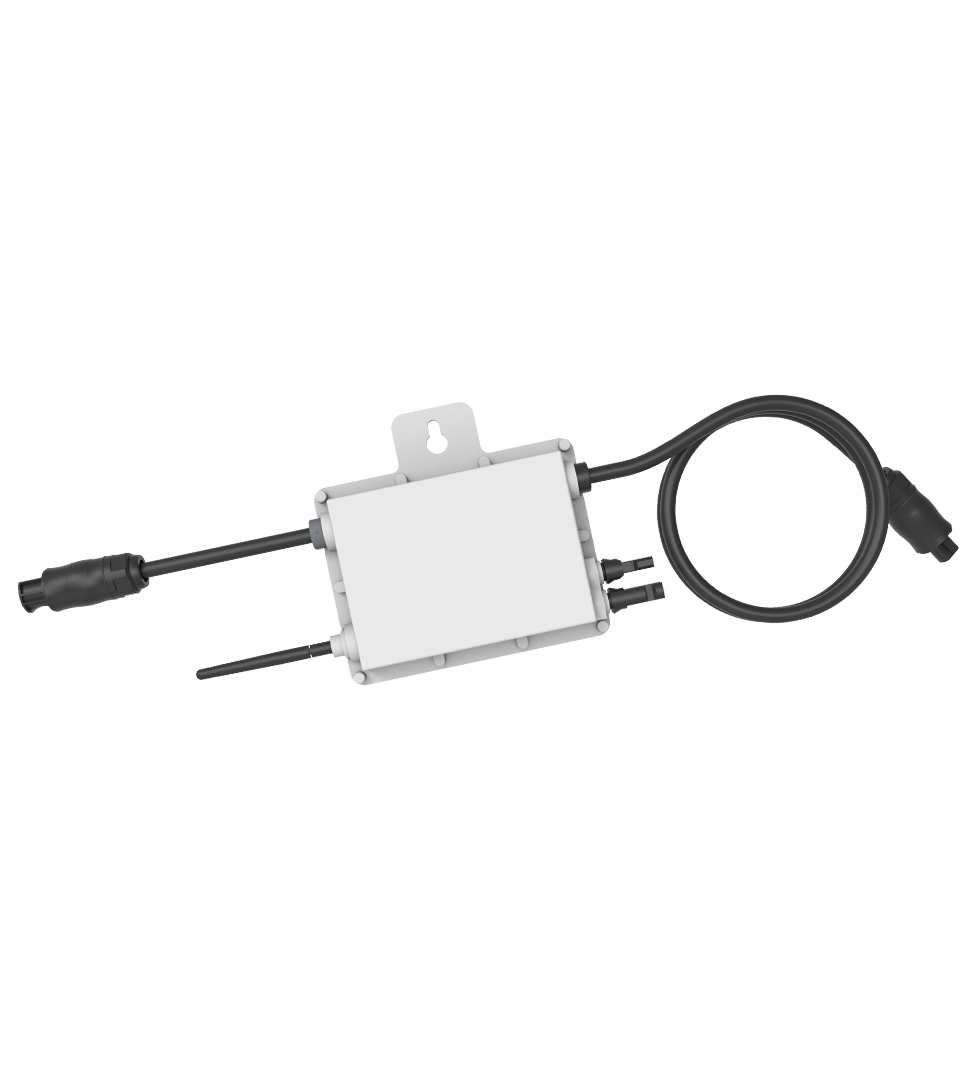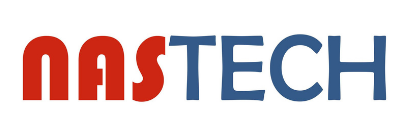Choosing a Microinverter- NingBo Deye Inverter Technology Co.,Ltd
Using a microinverter can give you more power and efficiency, reducing your energy costs. However, you should always choose your inverter carefully. Choosing a wrong one can ruin your system and cause more harm than good.
Inverter vs string inverter
Choosing between a microinverter and string inverter depends on the type of system you are installing. Both are essential components in any solar power system. The type you choose will also affect the efficiency of your system.
A microinverter is an inverter that is embedded in a solar panel. It monitors each panel individually and optimizes the amount of energy produced by each panel. It also sends performance data to a controller. It's also easier to install.
The average residential solar installation is five kilowatts. A microinverter has a standard warranty of up to 25 years. A string inverter is only guaranteed for five to twelve years.
A microinverter also allows the system to operate in shaded areas. A string inverter is better for systems with many panels. It is also easier to monitor each panel separately. This type of inverter is recommended for most home solar projects.
A microinverter also reduces labor costs. It allows each panel to work to its maximum capacity. It also eliminates the single point of failure in a string inverter.
Inverter vs optimizer
Despite their similarities, microinverters and optimizer systems are not interchangeable. They offer different features, and your choice will depend on the needs of your solar system.
Microinverters and optimizers both help you increase energy production. They differ in cost and scalability. However, micros have a slight advantage in reliability.
Optimizers are better at maximising the power output of individual solar panels. They also offer detailed monitoring features. This makes them a good choice for rooftop applications. They are also very efficient.
Optimizers are also known as MLPEs, or Module Level Power Electronics. They have many advantages over microinverters, including the ability to monitor individual panels and their performance. They may also be easier to integrate with batteries. However, the risk of failure with these systems is high.
Microinverters are a good choice for small systems. However, they tend to be more expensive. They also require more electrical components to be integrated.
Optimizers are usually less expensive than micros. They may be the best option for your home if you're on a budget.
Inverter vs three-phase inverter
Using microinverters instead of three-phase inverters is an option for many homeowners. These systems are better at avoiding big peaks in solar power, which means they can produce more energy. They are also cheaper and easier to install.
Microinverters are used to convert DC energy from solar panels to AC. They also have the ability to monitor each individual panel, which makes it easy to pinpoint problems. They are recommended for most home solar projects. They come with warranties of up to 25 years.
String inverters are similar to microinverters in that they convert the DC energy from each solar panel to AC. But they are much larger. They are about the size of a wall-mounted water heater and are typically installed near the utility meter. They are better for full-sun solar systems. They can handle energy from 5 to 10 panels. They can also be installed on a uniform pitch roof. They are cheaper to install, which makes them ideal for installations with multiple roof orientations.
Inverter vs storage
Whether you're planning to install a microinverter or a storage system, it's important to understand what they do, why they're used, and how they work. In the end, you'll want to choose the best one for your particular needs.
Microinverters are used to optimize the power output of a solar panel. They are also a great way to compensate for shading and other issues that may affect a solar panel's performance. These devices are typically installed under each solar panel.
Microinverters are more efficient than string inverters. They also have a 25-year warranty. This is a sign of confidence in the product. They are also less expensive than string inverters.
Microinverters are designed for smaller solar systems. For larger systems, however, microinverters may not be the best choice. For instance, a microinverter designed for a three-phase power supply would require wiring for all three lines. This would reduce the overall cost and complexity of the system.
Storage systems are designed to store solar energy for later use. They are also a good choice for off-grid systems on a budget.




